Dynamic Warm Up or Static Stretch?
Posted by Jill Gleason PT, DPT on April 16, 2013
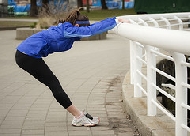
The Starting Line:
Are dynamic or static stretches the best way to warm up for running?
All runners want to know the best way to warm up, including what kind of stretching is best, and if it should be done before or after the run. Unfortunately, the research on stretching can often be conflicting and confusing. From the current best evidence and my 10 years of clinical experience with runners, I recommend a short dynamic warm up before running, and static stretching afterwards or in separate stretching sessions.
A dynamic warm up is similar to all the familiar stretches, except it is performed while moving in a continuous and controlled manner. The movements should be smooth, intentional and in a comfortable range of motion. The goal is to spend 5-20 minutes gradually increasing your heart rate, respiratory rate, and blood flow to the muscle groups used while running. Although dynamic stretching does not increase muscle length, it is an optimal way to prepare your body to run. A recent study in the Journal of Strength and Conditioning Research showed that a dynamic warm up improved eccentric quadriceps strength and hamstring flexibility, whereas a static warm up did not.
Static stretching still has its uses, although in general the evidence is not strong. There is some evidence that stretching after exercise will decrease discomfort during the recovery period. Multiple studies have also demonstrated that static stretches held for longer than 30 seconds can increase muscle length when performed at regular intervals. Overall, static stretching is an important tool for improving muscle balance, mobility, and performance.
The Finish Line:
Dynamic warm up before exercise can improve performance. Static stretching can help improve muscle length and reduce post-run discomfort .
Example Dynamic Warm Up Exercises:
Butt kicks:
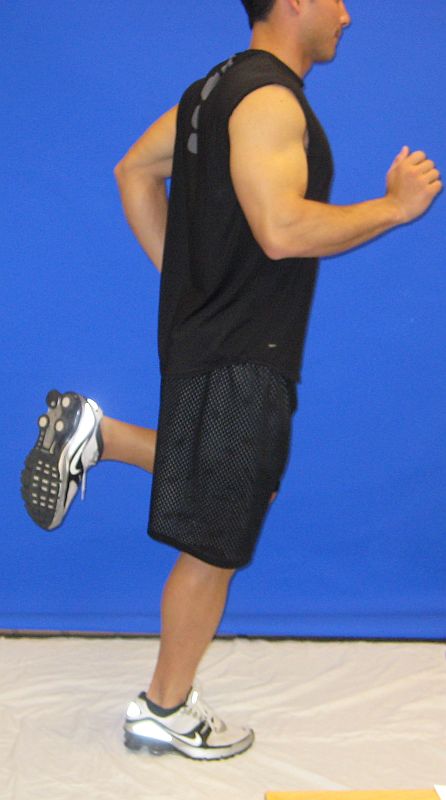
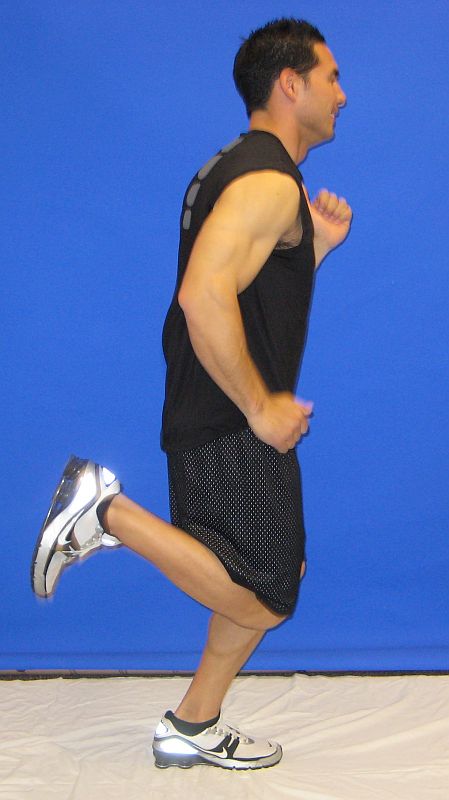
Others: Walking lunges, High leg kicks, Prancing walk on toes, Cross kicks hacky sack, Knee to chest marching, Side stepping squats
Example Static Stretches:
Hip flexor stretch:
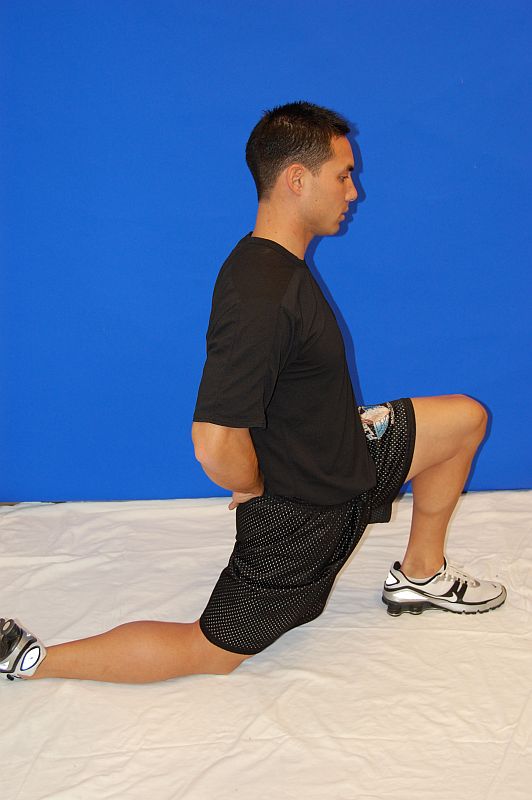
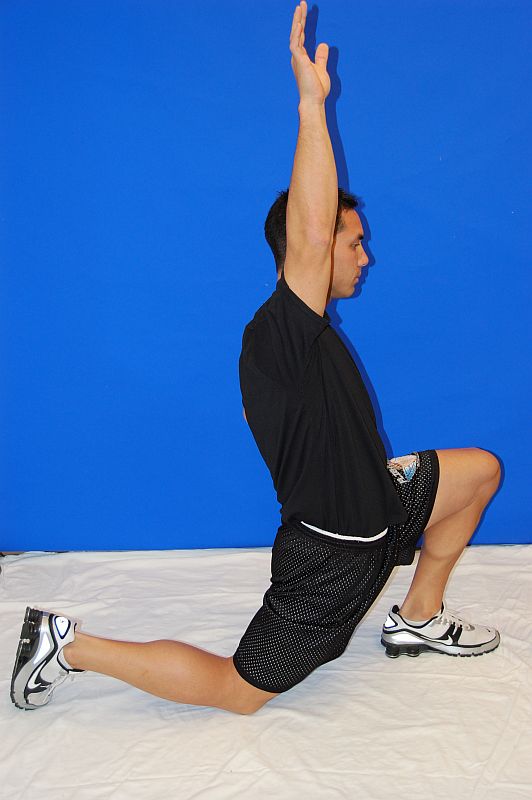
Others: Quad Stretch, Adductor Stretch, Glute stretch, Hamstring Stretch, Calf Stretch
References:
1. Aguilar AJ, Distefano LJ, Brown CN, Herman DC, Guskiewicz KM, Padua DA. A dynamic warm-up model increases quadriceps strength and hamstring flexibility. J Strength Cond Res. 2012 Apr;26(4):1130-41. http://www.ncbi.nlm.nih.gov/pubmed/22446678
2. Bandy WD, Irion JM, Briggler M: The effect of time and frequency of static stretching on flexibility of the hamstring muscles. Phys Ther 1997;77(10):1090- 1096. http://www.ncbi.nlm.nih.gov/pubmed/9327823
3. Behm DG, Chaouachi A. A review of the acute effects of static and dynamic stretching on performance. Eur J Appl Physiol. 2011 Nov;111(11):2633-51. doi: 10.1007/s00421-011-1879-2. Epub 2011 Mar 4. http://www.ncbi.nlm.nih.gov/pubmed/21373870
4. Mojock CD, Kim JS, Eccles DW, Panton LB. The effects of static stretching on running economy and endurance performance in female distance runners during treadmill running. J Strength Cond Res. 2011 Aug;25(8):2170-6. http://www.ncbi.nlm.nih.gov/pubmed/21610517
5. Riley DA, Van Dyke JM. The effects of active and passive stretching on muscle length. Phys Med Rehabil Clin N Am. 2012 Feb;23(1):51-7 http://www.ncbi.nlm.nih.gov/pubmed/22239873
Photo Credit: lululemon athletica via photopin cc
*Note: This general information is not intended to be a substitute for medical treatment or advice. Always consult a professional before making changes to your health and wellness practices.
Feedback or suggestions for future topics? Let us know!

